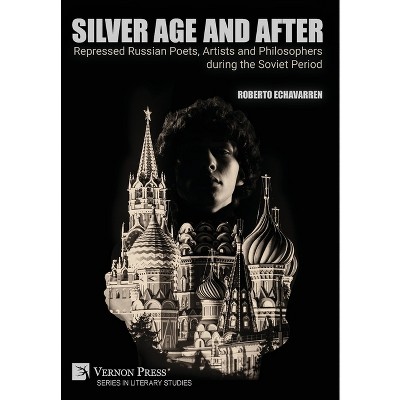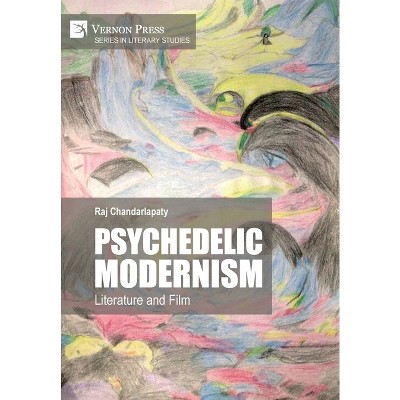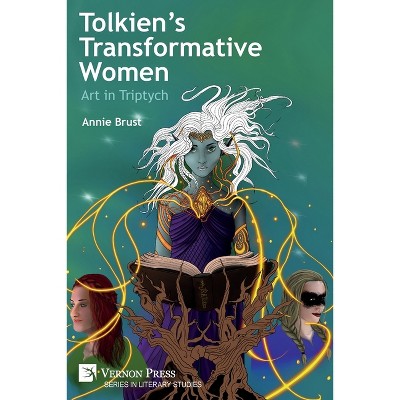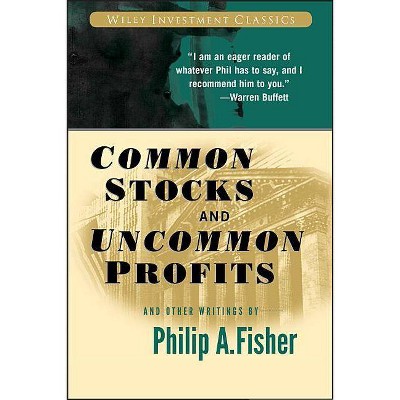Sponsored

Common and Uncommon Quotes - (Literary Studies) by Jared A Griffin (Paperback)
In Stock
Sponsored
About this item
Highlights
- 'Common and Uncommon Quotes: A Theory and History of Epigraphs' is a prolegomenon to the study of epigraphic paratextuality.
- Author(s): Jared A Griffin
- 276 Pages
- Literary Criticism, European
- Series Name: Literary Studies
Description
Book Synopsis
'Common and Uncommon Quotes: A Theory and History of Epigraphs' is a prolegomenon to the study of epigraphic paratextuality. Building on the work of Gerard Genette's paratextual studies, this volume contextualizes and traces the practice of epigraphy in Anglophone literary history, from the fifteenth to the early twentieth century. This study explores how epigraphs are used by author-functions as a hermeneutic for their text and to establish ethos with their audience, and how that paratextual relationship changed as publishing opportunities and literacy rates grew over four centuries. The first broad-reaching study of this kind, 'Common and Uncommon Quotes' seeks to understand how epigraphs work: through their privilege on the page, their appeal to conjured ideas of the past, and their calls to citizenship.
Review Quotes
Jared Griffin's "Common and Uncommon Quotes" is exactly the sort of scholarship I enjoy. It's thoughtful, engaging, and relevant across a broad range of fields and disciplines. As I read "Common and Uncommon Quotes", I continually returned to my research, re-considering the significance of the epigraphs in the texts that figure most prominently in my own work. Griffin's greatest strength might be his ability to cast the epigraph - almost universally overlooked and ignored - as a broadly significant critical concept that has application for literary historians, genre critics, and rhetoric scholars. I appreciated the genuine sense of curiosity that animates his research, and Griffin achieves that rare balance between rigor and approachability that is so difficult to find in much scholarship. For my own research, I appreciated Griffin's rhetorical analysis of the role of epigraphs: the discussions of the impact of epigraph on the writer's authority, their assumed relation to the canon, the position of the audience, and the expectations of the individual reader sparked a thoughtful consideration of the role of epigraphs in my own research into the role of rhetorical theory in the development of the novel in English. I suspect other scholars will have the same response: epigraphs and their impact are so universal that it's remarkable such scholarship hasn't been considered and pursued more broadly.
Dr. Jack M. Downs
Health Sciences Spokane
Washington State University
Shipping details
Return details
Trending Poetry











